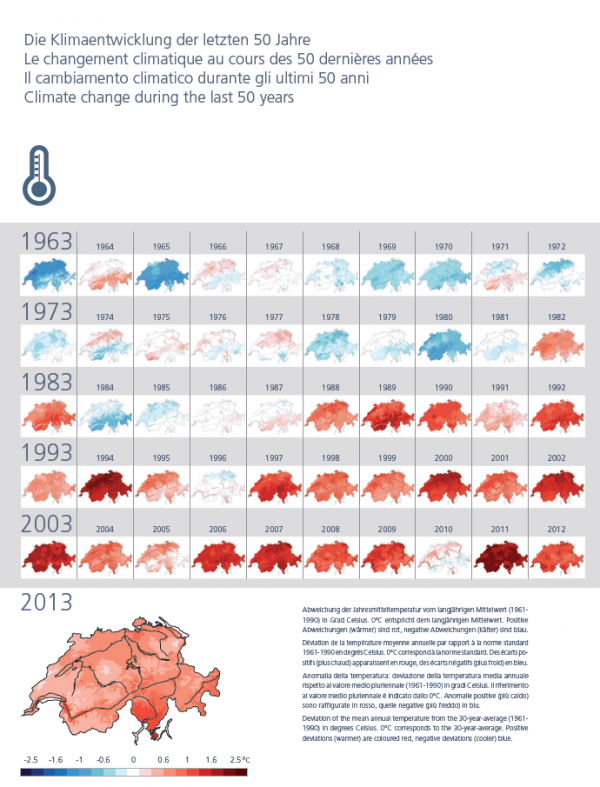Warmer winter results in fewer avalanche deaths

With its warm temperatures and delayed snowfall, Switzerland’s 2015-2016 winter season was the second-warmest since the 19th century. Slightly fewer people died in avalanches than usual.
Since the Swiss started taking climate measurements in 1864, the only warmer winter ever recorded was in 2006-2007, said the Swiss Federal Institute for Forest, Snow and Landscape Research (WSL) on Monday in its annual report.
Mountain temperatures were four to six degrees Celsius above average, with most of the snowfall holding back until January. In December in the mountains of Ticino, snowfall reached an all-time low at altitudes above 1500 metres. In addition to a green Christmas on the Swiss plateau, many mountain destinations, such as Davos and Bivio, also experienced a New Year’s Day devoid of snow for the first time.
The situation was a little closer to normal in the French-speaking part of Switzerland, with snowfall seen in November. After mid-January, there was even more snow than average in some areas above 1400 metres.
Too little snow?
The avalanche danger level one (low) was forecast almost twice as often this past winter in Switzerland as it has been, on average, over the last decade.
As of April 30, there had been 18 deaths due to avalanches compared to the annual average of 23. However, the SLF noted that it counts the full year as ending on September 30, so the number of deaths could still increase.
The period of January through March was the most critical for avalanche risk this year. Even areas with little snow proved dangerous, as not enough snow fell to create a solid snowpack on the mountain slopes.
Overall temperatures have been steadily rising in Switzerland over the past half century, coming in as much as 2.5 degrees Celsius above average in recent years.

Facebook comments